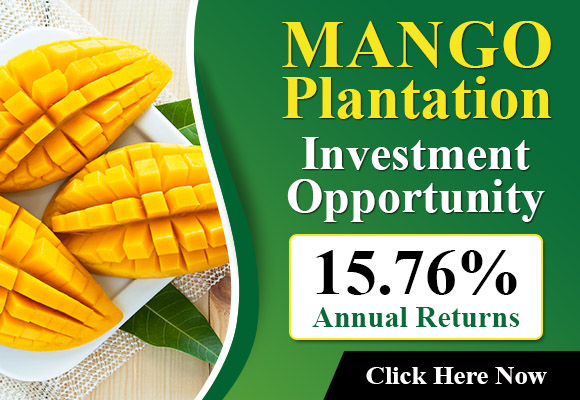In the past year, tons of South African oranges were in an administrative limbo at European ports. The fruit arrived with documents that were valid when it was first shipped but had become not valid when it reached Europe.
A brand new cold steri protocol for oranges was declared with the provision of 23 days to the transition, causing South Africa to lodge its first World Trade Organisation dispute on phytosanitary regulations pertaining to the false codling moth.
In the past, one of four organically-grown South African oranges had to be destroyed due to the injuries caused by the chill treatment, as per Dutch Investigative Journalism organization Follow the Money.
From an economic outlook of conventionally-grown citrus it appears to be quite divergent, however it’s not going to happen overnight.
“We are unable to breathe until we see the fruits in the stores,” says an exporter who points out that the capacity of Europe to accept both small and large oranges makes up a large part of the attraction. “There’s many things that can occur during the process. ”
In the week ending on July 31, the 44% share of South African’s citrus (close to half of its Valencias) were exported to Europe despite the economic burden imposed from the cold protocol that was recently introduced regarding oranges, as well as the latest violence sabre-rattling from Spanish Unions of the producer that, as according to a Dutch importer explains, each year happens as the deadline for duty that is due on October 15th.
The size of this year’s crop of oranges – which is huge numbers, generally speaking favor an European destination. This is in addition to an increase in demand due to the early ending of Spanish citrus.
“But be careful, it’s never been the case that there was extraordinary demand from Europe regardless of prices being more expensive,” says an exporter from the Eastern Cape.
“We observe that the consumption of food ranges from 20 to 30 percent lower due to the hot summer temperatures in Europe as well as the financial stress on consumers. Markets were empty due to it was the Northern Hemisphere had a shorter season. It is important to be wary about the term “strong demand’. It’s because there was only a small amount available that the price was higher.”
FreshPlaza reports exporters have begun looking more toward China as well as in the Far East (although the season’s dimensions don’t work for smaller destinations for fruit such as Malaysia or Singapore) particularly given the amount of spots that have been intercepted by black (South Africa has been arguing about a few out of 24 CBS interceptions thus far) that eliminate a large portion of the fruit that is eligible in Europe.
The United States three years ago acknowledged that the black spot on citrus is not a disease that can be transmitted which means that it poses no risk to the domestic industry of citrus, Europe remains the only group in the world that has decided to ban the use of the black spot on citrus that is not a threat to the quality of its internal production.
South Africa’s position regarding the possibility of non-transmission of citrus black spot, as also the false codling moths in the absence of female moths, that it claims is backed by research conducted in the field It is also supported by Dutch, Belgian and German importers that have a stake to play the game.
As per Watch The Money according to Follow The Money, nearly two-thirds of South African oranges (with a worth of 314 million euros this year) come into Europe via Rotterdam’s port. Rotterdam.
Source: The Plantations International Agroforestry Group of Companies
